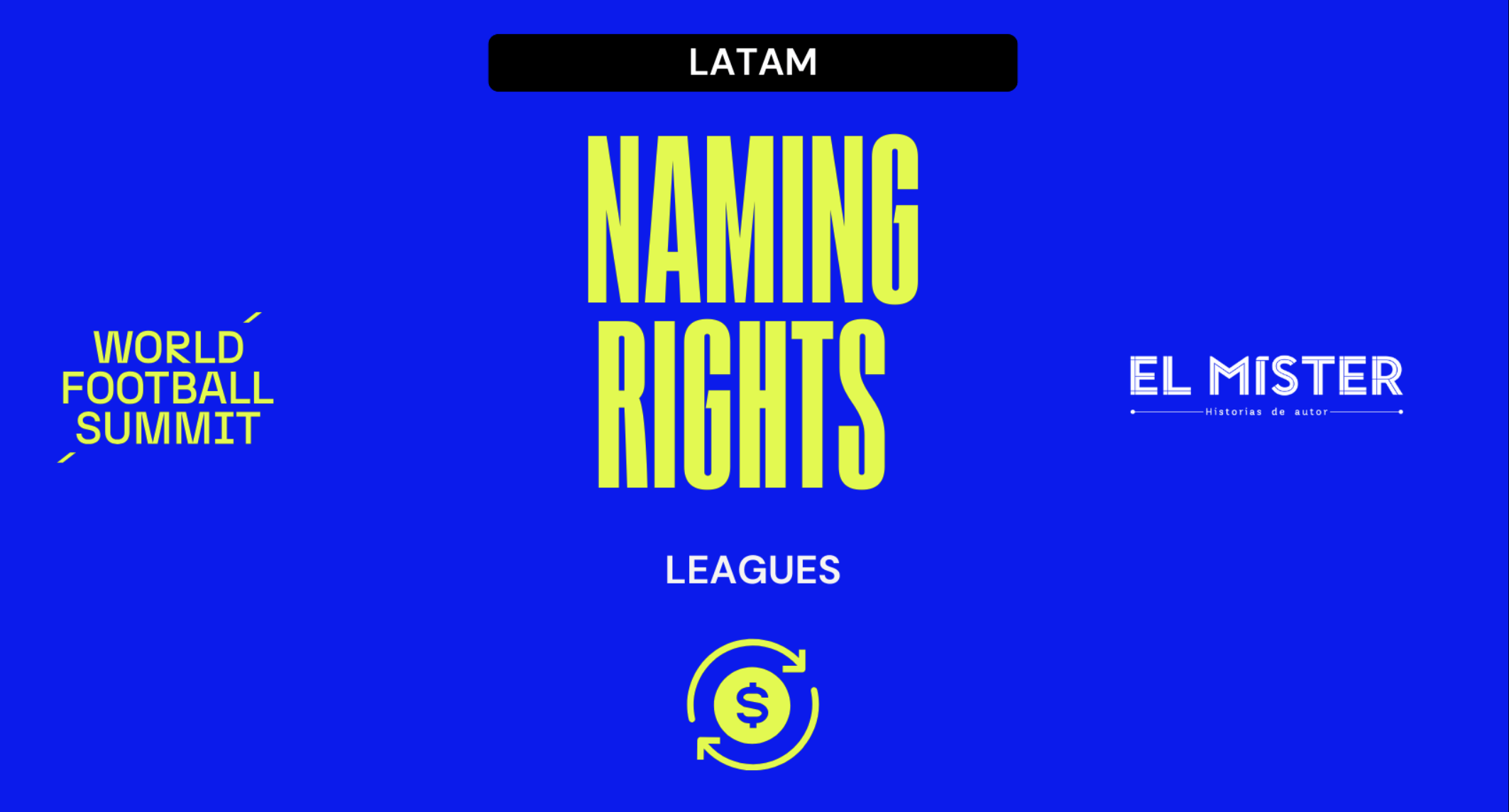At World Football Summit we strongly believe that the traditional sports business model is outdated, and growth for football properties needs to come from innovation. If we analyze the pillars of the model we find that:
- Matchday revenue is constrained due to the capacity of the stadiums.
- Broadcasting rights, while currently experiencing a positive momentum, will not always be on the rise.
- Partnerships are becoming more demanding as brands are becoming more strict when justifying any form of investment in sports.
This report will focus on how these Partnerships, specifically within the realm of “Naming Rights,” in Latin America, have great business potential.
Properties in Latin America should understand that brands are not considering “awareness” as their main objective anymore; fan engagement and driving greater purchase intent have gotten to the top of the list. This effectively means that the equation is much more complex as these brands are now pursuing Benefits, Exposure, and access to Intellectual Property, defined by the size and location of the fan base.
What do companies consider when acquiring the naming of a league?
According to experts in sports marketing and finance, there are five fundamental points:
- Market (number of fans)
- National and international impact
- Television impact and global reach
- Prestige of the competition
- Possibility for brands to grow by partnering with the tournament
We hope this report provides a comprehensive look into the naming rights landscape to fully understand its value, the type of companies involved, and the possibilities that lie ahead once some of these agreements are finalized, many of which will do so between the years 2023 and 2026.


